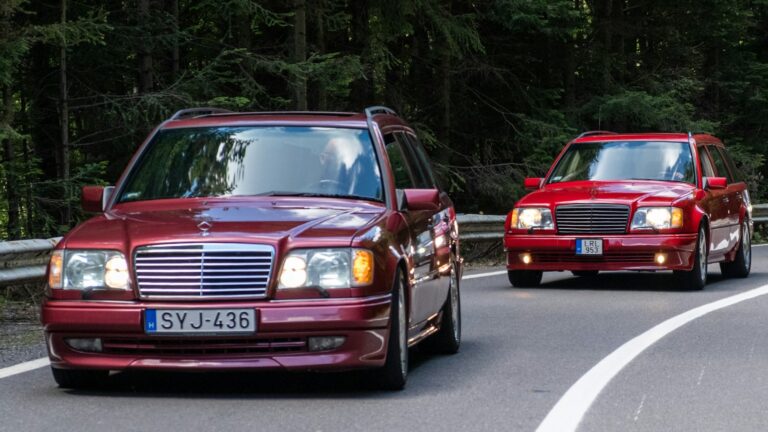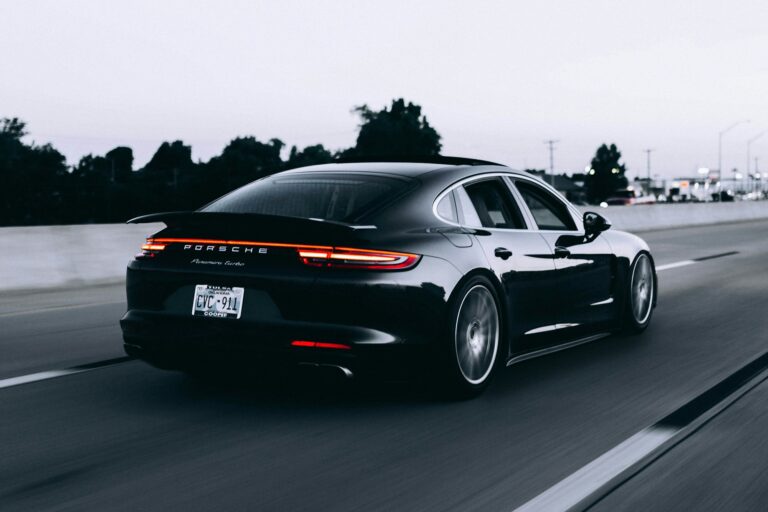Why the Rare Alfa Romeo 4C Is Steadily Climbing in Value
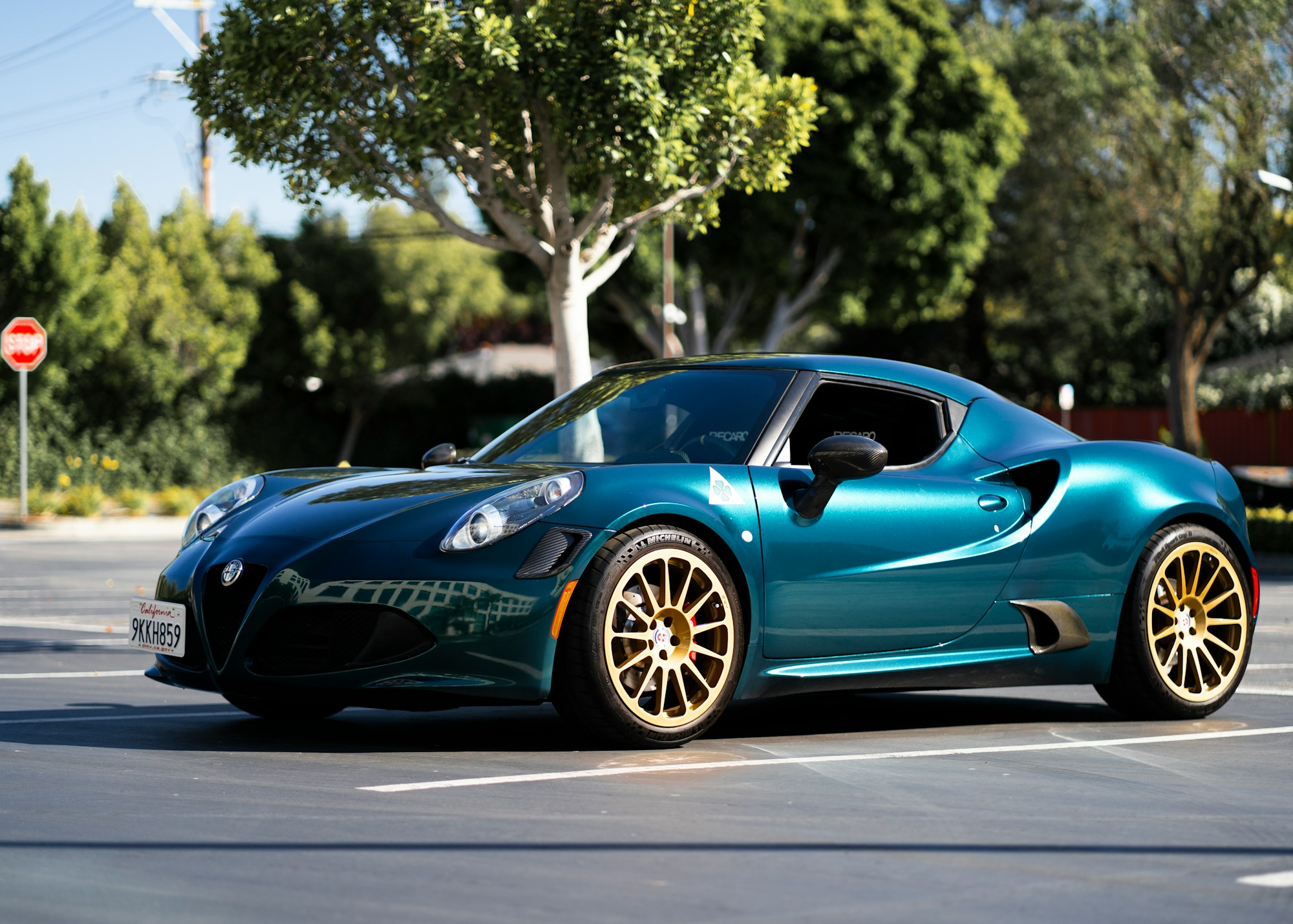
The Alfa Romeo 4C is shaping up to be more than just a niche sports car; it’s a strong contender for future classic status. This raw, carbon-fiber machine stands out as one of the last true analog driving experiences in a market increasingly dominated by technology. In fact, special tribute editions have already crossed the $100,000 mark, leaving many to wonder if well-preserved, low-mileage regular models might follow suit as the years go by.
Key Takeaways
- The 4C’s carbon fiber monocoque is unparalleled at its price point.
- Its unfiltered driving experience is a dying breed in modern cars.
- Limited production ensures future scarcity and demand.
- The lack of driver aids makes it a purist’s dream.
- Praised on Top Gear for its thrilling, hands-on feel.
The Carbon Fiber
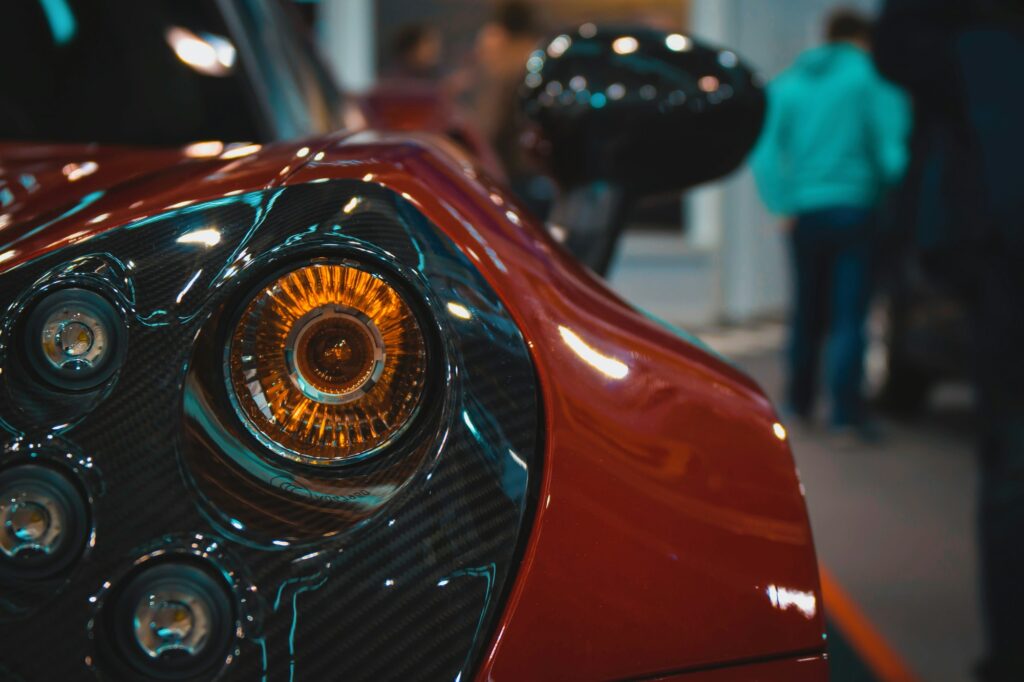
Alright, let’s cut to the chase. When the Alfa Romeo 4C first arrived, everyone was buzzing about its carbon fiber monocoque. And for good reason: this isn’t just a trim piece—it’s a full structural tub typically seen in supercars that cost five or six times more. Think McLaren, think Ferrari. Pulling off that kind of exotic engineering at a relatively accessible price was truly insane for Alfa Romeo.
We’re talking about a chassis that weighs a mere 107 kg (236 lbs). Combine that with a dry weight of around 895 kg (1,973 lbs) for the Coupe (the Spider is only marginally heavier), and you’ve got a car that’s lighter than many modern hot hatches. It’s an approach that yields laser-sharp handling, aided by a mid-engine layout and impressively low center of gravity. Production for the Coupe began in 2013 for Europe, reaching the US in 2014, with the Spider following in 2015. Given Alfa’s commitment to such a costly, specialized monocoque for a low-volume sports car, it’s no wonder many enthusiasts and collectors see the 4C as a one-of-a-kind automotive gem.
Raw Driving
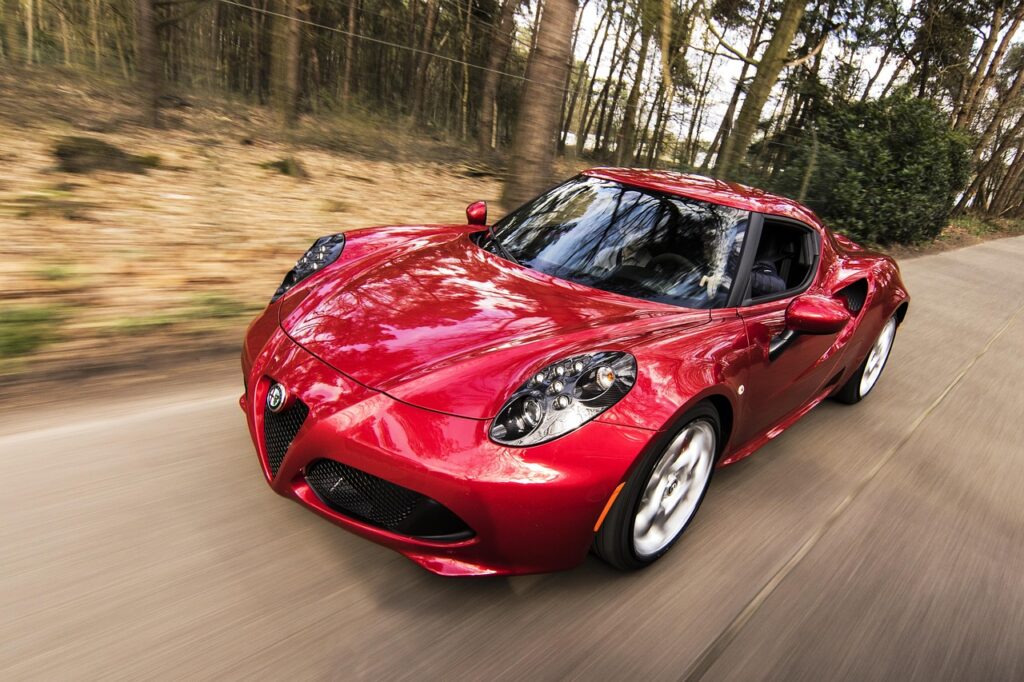
Now, let’s talk about the driving itself. This is where the 4C genuinely sets itself apart from the pack. It’s raw—like, really raw. Fire up that turbocharged 1.75-liter four-cylinder engine, and you’re greeted with a raucous exhaust note just inches behind your head. At 237 horsepower and 258 lb-ft of torque in a sub-2,000lb car, it feels downright explosive. Alfa claims it’ll do 0-60 mph in around 4.1 seconds, which is quick by any standard.
But the numbers only tell part of the story. There’s absolutely no power steering, so at low speeds, you’re wrestling the wheel. Once moving, though, every nuance of the road is transmitted directly through your hands. Jeremy Clarkson of Top Gear famously both lauded and lamented the car’s uncompromising nature—praising its exhilarating steering feel, while also noting its sometimes impractical ride on rough roads. Indeed, the dual-clutch TCT gearbox is snappy, but can feel a bit abrupt. Noise levels are high, the cabin is tight, and there’s minimal insulation from the outside world. It’s everything modern cars are moving away from, and that’s precisely what makes the 4C such an endearing throwback for purists.
Rarity and Reality
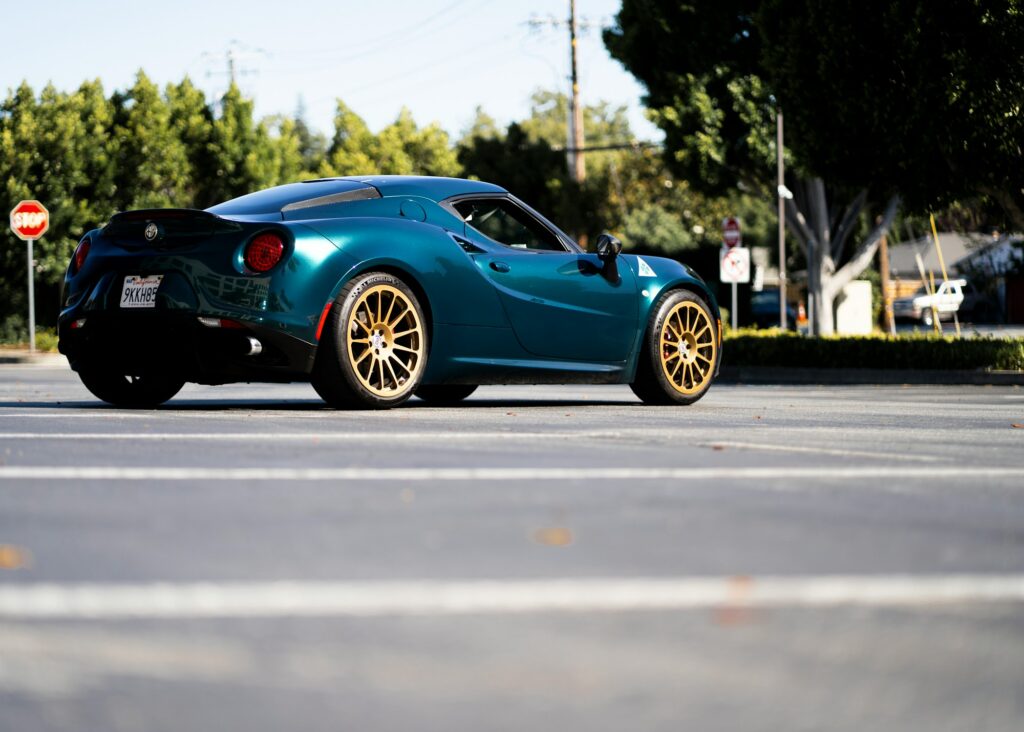
So, let’s talk scarcity, because that drives collectibility. The Alfa Romeo 4C was never about mass production. Global numbers were modest, and in the US, they were even tighter. Officially, Alfa sold around 1,000 units of the Launch Edition in 2015. From 2014 to 2018 for the Coupe and 2015 to 2020 for the Spider, the overall North American tally is estimated at only 3,000-4,000 cars. That’s a drop in the bucket by mainstream sports car standards and signals real exclusivity.
By late 2023 to early 2024, clean 4C Coupes typically ranged from the mid-$40,000s to low-$60,000s, with pristine Spiders inching closer to $70,000+. Notably, some special editions or ultra-low-mileage tributes have already crested the $100k mark. Whether the standard cars will fully join the six-figure club remains to be seen, but few would bet against them considering how rapidly the collector market can move—especially as pure, analog experiences like the 4C become increasingly rare in a world shifting toward electric and autonomous vehicles.
The $100k Question
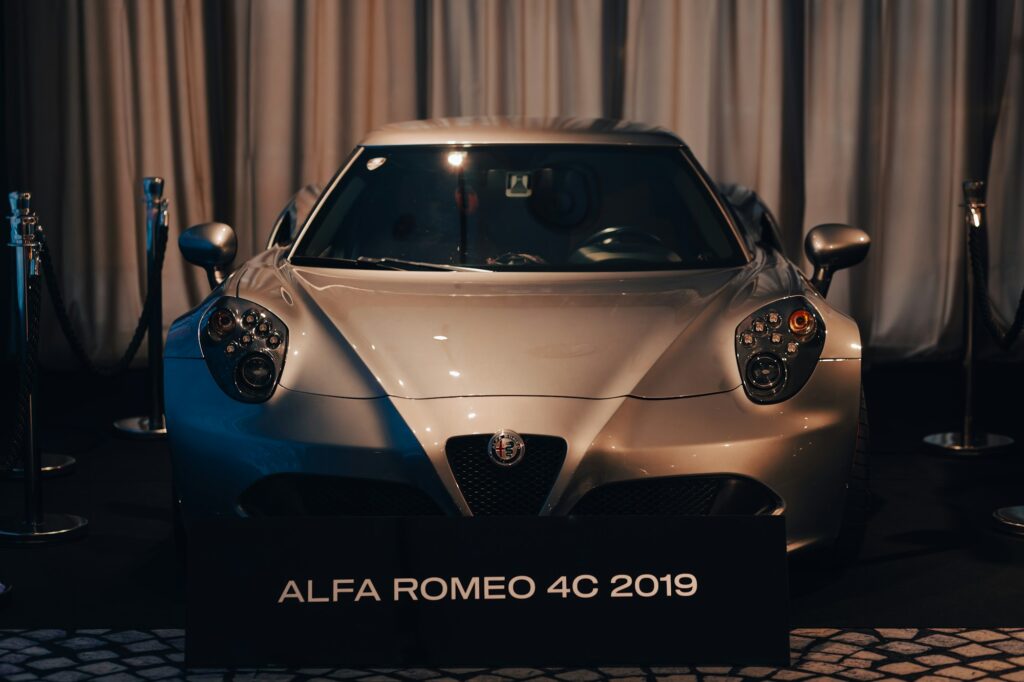
So, could a standard 4C really push into $100,000 territory? It’s not guaranteed—but it’s far from impossible. Rare special trims and tributes have already done it, and the core ingredients are all there: a carbon fiber monocoque you won’t likely see replicated at this price again, the captivating rawness of unassisted steering, and a limited production run cutting across just a few model years. Add to that Alfa Romeo’s storied heritage, and you have a recipe for a future collectible.
As modern performance cars continue to move toward hybridization and full electrification, the 4C’s analog, visceral character becomes more of a unicorn. The driving sensation that many enthusiasts crave—where you feel at one with the machine—is something the 4C delivers in spades. Given that dynamic, it’s hardly a stretch to imagine well-preserved, low-mileage examples inching toward six figures down the road. In a decade or so, people might be kicking themselves for not snagging one when they were still well below that premium threshold. Only time will tell, but if there’s a bet to be made on modern classics, the 4C is a compelling contender.
FAQ About the Alfa Romeo 4C
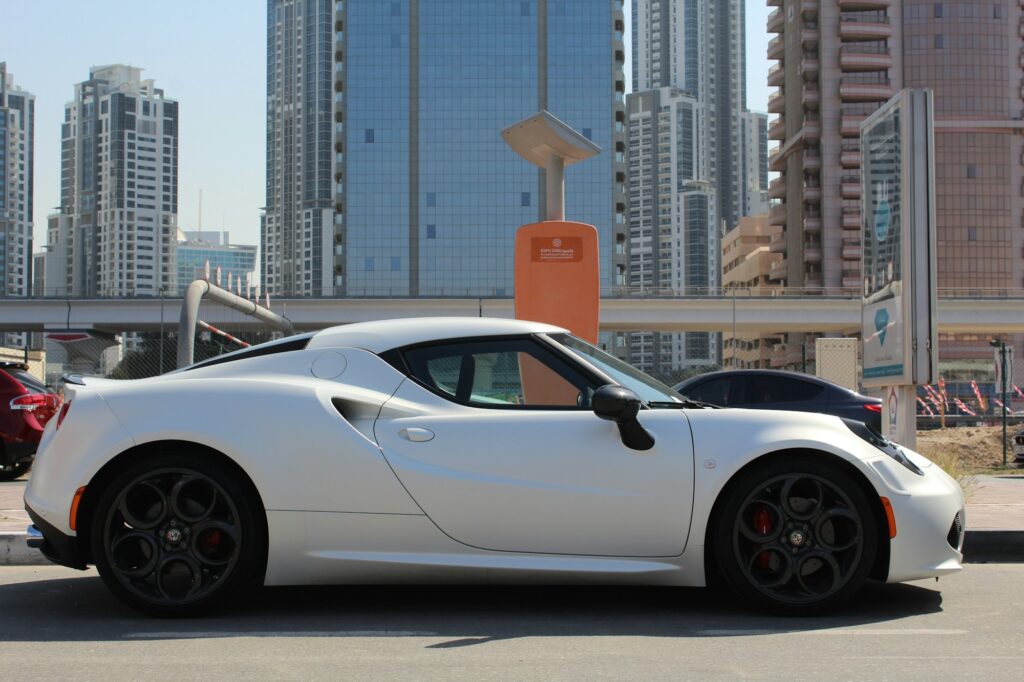
Is the Alfa Romeo 4C reliable?
Like many exotics, the 4C can have its quirks, but the powertrain is generally robust, with common issues often related to electronics or minor trim pieces.
Does the Alfa Romeo 4C have power steering?
No, the Alfa Romeo 4C features unassisted, manual steering, which provides exceptional road feel but can be heavy at low speeds.
How many Alfa Romeo 4Cs were made?
Total global production was limited, with North American sales for both Coupe and Spider estimated to be in the range of 3,000-4,000 units over its entire run.
What is the Alfa Romeo 4C’s top speed?
The Alfa Romeo 4C has a top speed of approximately 160 mph (258 km/h).
What engine is in the Alfa Romeo 4C?
The 4C is powered by a turbocharged 1.75-liter inline-four engine producing 237 horsepower and 258 lb-ft of torque.


